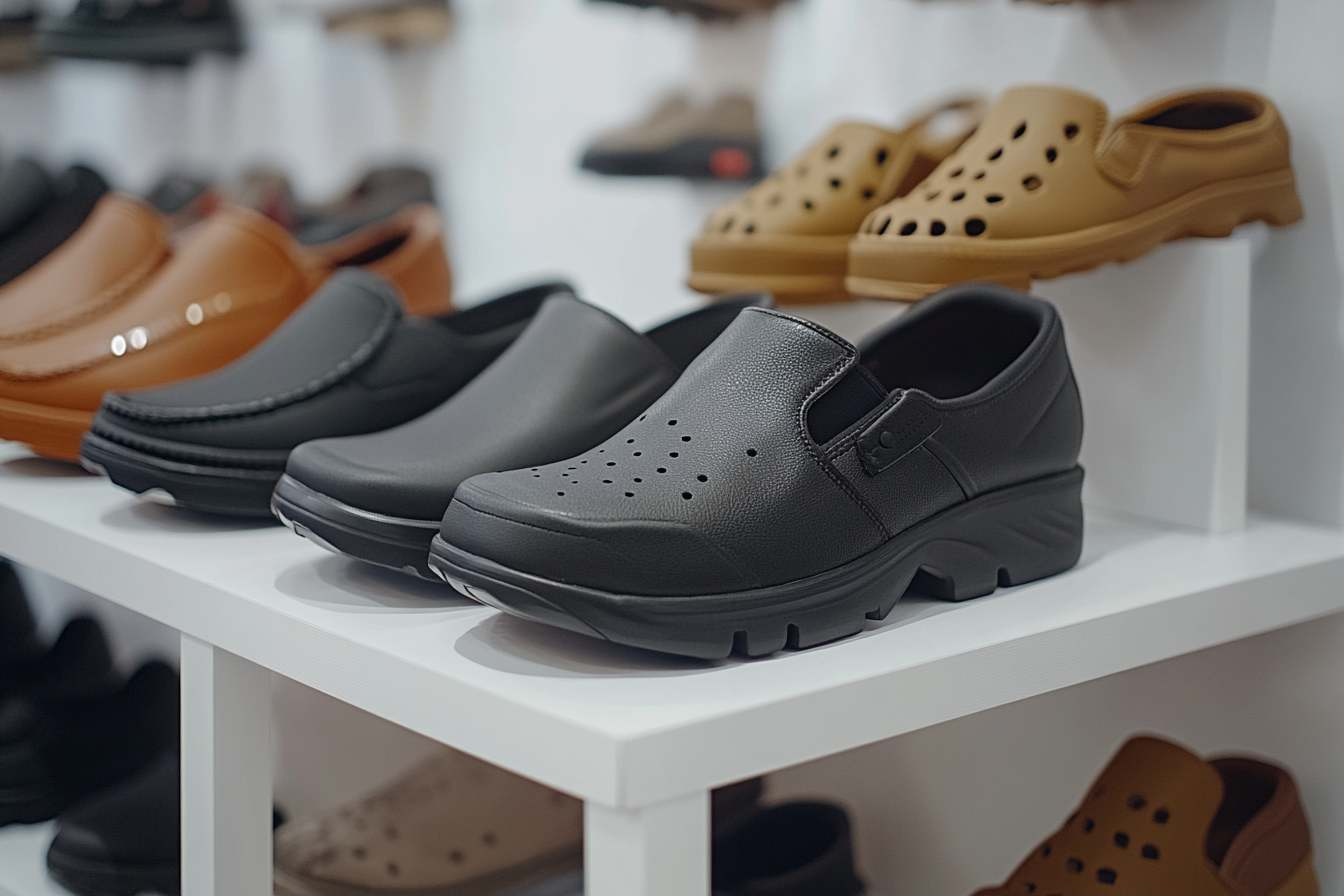Buying Guide — Fisherman Boats for Sale: What to Know Before You Buy
Purchasing a fishing boat represents a significant investment that requires careful consideration of multiple factors. From understanding different hull designs and construction materials to evaluating power systems and legal requirements, making an informed decision involves thorough research. Whether you're a weekend angler or a serious fishing enthusiast, knowing what to look for can help you find the right vessel that matches your needs, budget, and fishing goals while ensuring years of reliable performance on the water.

Selecting the right fishing boat involves understanding various vessel types, construction methods, performance characteristics, and financial considerations. Each decision impacts your fishing experience, maintenance costs, and long-term satisfaction with your purchase.
Types and Hull Sizes: Choosing Skiffs, Center Consoles, Jon Boats and Trawlers
Fishing boats come in distinct configurations, each designed for specific fishing environments and techniques. Skiffs typically range from 14 to 22 feet, offering shallow-water access with simple, efficient designs perfect for flats fishing and small waterways. Their lightweight construction allows for easy launching and retrieval while providing excellent maneuverability in tight spaces.
Center console boats, ranging from 17 to 35 feet, provide 360-degree fishing access with the helm positioned centrally. These versatile vessels work well for both inshore and offshore fishing, offering ample deck space and storage for tackle and equipment. The open layout facilitates multiple anglers fishing simultaneously.
Jon boats represent the most basic and affordable option, typically measuring 10 to 20 feet with flat bottoms and simple aluminum construction. These boats excel in shallow waters, rivers, and small lakes where larger vessels cannot navigate. Their minimal draft and lightweight design make them ideal for accessing remote fishing spots.
Trawlers, usually 25 to 50 feet, focus on long-range cruising and offshore fishing. These displacement hulls prioritize fuel efficiency and seaworthiness over speed, making them suitable for extended fishing trips and rough water conditions.
Construction, Materials and Durability: Aluminum, Fiberglass, Wood and Maintenance Needs
Boat construction materials significantly impact durability, maintenance requirements, and overall costs. Aluminum boats offer excellent corrosion resistance, lightweight construction, and relatively low maintenance needs. They handle impacts well and repair easily, making them popular for fishing in rocky or shallow areas. However, aluminum conducts heat and cold, potentially creating uncomfortable conditions.
Fiberglass construction provides smooth hulls, excellent hydrodynamics, and superior insulation properties. These boats typically offer better ride quality and can incorporate complex hull shapes for improved performance. Fiberglass requires more careful handling to avoid cracks or punctures but generally maintains its appearance longer than aluminum.
Wood construction, while less common in modern fishing boats, offers traditional aesthetics and excellent insulation. However, wooden boats require extensive maintenance, including regular sealing, painting, and structural inspections to prevent rot and deterioration.
Maintenance needs vary significantly between materials. Aluminum boats need periodic cleaning and inspection for corrosion, particularly in saltwater environments. Fiberglass boats require gelcoat maintenance, bottom paint application, and careful handling to prevent stress cracks. All boats need regular engine maintenance, electrical system checks, and safety equipment inspections regardless of construction material.
Power, Performance and Fuel Considerations: Engines, Range and Typical Operating Costs
Engine selection affects boat performance, fuel consumption, and operating costs. Outboard engines offer easy maintenance access, removability for storage, and typically lower initial costs. They provide excellent power-to-weight ratios and work well on smaller fishing boats. Modern four-stroke outboards deliver improved fuel efficiency and reduced emissions compared to older two-stroke models.
Inboard engines, more common on larger fishing boats, offer better weight distribution and protected installation. They typically provide longer service life but require more complex maintenance and winterization procedures. Inboard diesels excel in fuel efficiency for long-range fishing but involve higher initial costs.
Fuel consumption varies dramatically based on boat size, engine type, and operating conditions. Smaller boats with efficient four-stroke outboards might consume 3-8 gallons per hour, while larger vessels with twin engines can use 20-50 gallons per hour at cruising speeds. Operating costs include fuel, oil changes, filter replacements, and periodic major services.
Range calculations depend on fuel capacity and consumption rates. A typical center console with a 100-gallon tank and 10 GPH consumption provides roughly 8-10 hours of operation, allowing for safety reserves and varying sea conditions.
Equipment, Safety and Legal Requirements: Essential Gear, Certifications and Registration
Fishing boats must carry specific safety equipment mandated by maritime authorities. Essential items include life jackets for all passengers, sound-producing devices, visual distress signals, fire extinguishers, and navigation lights. Boats over certain lengths require additional equipment such as throwable flotation devices and emergency position indicating radio beacons.
Fishing-specific equipment includes rod holders, fish boxes or live wells, tackle storage, and electronics such as fish finders and GPS units. Many fishing boats benefit from outriggers, downriggers, or other specialized gear depending on target species and fishing methods.
Boat registration requirements vary by jurisdiction but typically involve title transfer, registration fees, and hull number display. Some areas require boater education certificates or licenses for operators. Commercial fishing operations need additional permits and may require vessel inspections.
Insurance considerations include liability coverage, hull damage protection, and equipment coverage. Factors affecting premiums include boat value, operator experience, intended use areas, and safety equipment installation.
Price, Financing and Inspection Checklist: Budgeting, Surveys and Negotiation Tips
Fishing boat prices vary enormously based on size, age, condition, and equipment. Understanding market values helps establish realistic budgets and negotiation positions.
| Boat Type | Size Range | Price Range | Key Features |
|---|---|---|---|
| Jon Boats | 10-20 ft | $1,000-$8,000 | Simple, shallow draft, aluminum |
| Skiffs | 14-22 ft | $8,000-$40,000 | Lightweight, flats fishing, versatile |
| Center Console | 17-35 ft | $25,000-$200,000+ | 360-degree access, offshore capable |
| Trawlers | 25-50 ft | $50,000-$500,000+ | Long range, fuel efficient, seaworthy |
Financing options include marine loans, personal loans, and dealer financing programs. Marine loans typically offer longer terms than automotive loans, with 10-20 year terms common for larger vessels. Interest rates depend on creditworthiness, loan terms, and boat age.
Pre-purchase surveys by qualified marine surveyors identify potential problems and provide negotiation leverage. Surveys typically cost $300-$1,000 but can reveal expensive issues not apparent during casual inspection. Key inspection areas include hull integrity, engine condition, electrical systems, and safety equipment functionality.
Negotiation strategies include researching comparable sales, identifying needed repairs or upgrades, and understanding seller motivation. Cash purchases often provide negotiation advantages, while trade-ins can simplify transactions but may not maximize value.
Budgeting should include ongoing costs such as insurance, storage, maintenance, fuel, and equipment upgrades. Many experts recommend budgeting 10-15% of the boat’s value annually for these expenses.
Prices, rates, or cost estimates mentioned in this article are based on the latest available information but may change over time. Independent research is advised before making financial decisions.
Making Your Final Decision
Successful fishing boat purchases result from balancing fishing needs, budget constraints, and long-term ownership costs. Consider your typical fishing locations, target species, passenger capacity needs, and maintenance capabilities when evaluating options. Test different boat types when possible, and don’t hesitate to consult experienced anglers or marine professionals for advice. Remember that the best fishing boat is one that gets used regularly and safely supports your fishing activities within your financial means.




